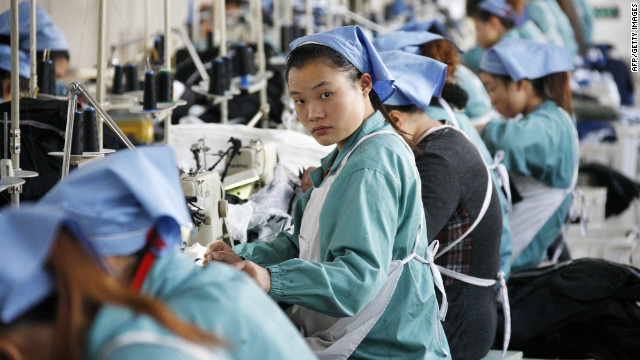|
The latest supply/demand report for cotton is neutral. A small increase in foreign stocks boosted world stocks 2 percent, according to the July USDA supply and demand report. Thus, the surplus world supply of cotton continues to challenge any sustained rally in December ¡¯09 futures price above 62 cents per pound.
As long as world cotton supply remains excessive, the cotton market will mostly trade sideways in the high 50 cents to low 60 cent range. The average farm price for 2009/10 crop is projected by USDA at 48 to 60 cents per pound. Production in the U.S. is estimated at 13.25 million bales, the same as last month. Domestic mill use is dismal at 3.5 million bales, and exports for the 2009/10 crop are projected to decrease to 10.2, compared to the 13.3 million now estimated for the 2008/09 crop. Because of the expected sharp drop of more than 3 million bales in exports next season, the U.S. carryover stocks are projected at an adequate 5.6 million bales. However, since the U.S. is a residual supplier of cotton to foreign countries, any shortfall in the U.S. or other exporting nations could trigger a substantial price increase. Already much of the Texas dryland cotton crop faces drought conditions. Estimates of lost cotton production in the Lower Rio Grande Valley and Coastal Bend areas exceed 500,000 bales. A smaller Texas crop could easily reduce the U.S. crop to 12 million bales or less from the estimated 13.25 million by USDA. In all, world carryover stocks are forecast nearly 7 percent below the beginning level. With fewer stocks, adverse weather conditions could lead to a rally in prices to the high 60 cent range.
A small increase in world cotton demand is projected based on improving economic conditions. No doubt, the dependence on the export market to use 75 percent or more of the U.S. cotton crop is far more uncertain than the U.S. domestic market. Internationally, foreign domestic and export policies impact each country¡¯s need to import cotton. The ongoing changes in supply and demand and price add to the uncertainty. An export market is a market mix of supply and demand and policies. |
|
Surplus World Cotton Supply Slows Price Increase
Updated: 2009-9-7 Source: www.cottoninc.com

Recommended News
Photo Gallery
Most Popular





